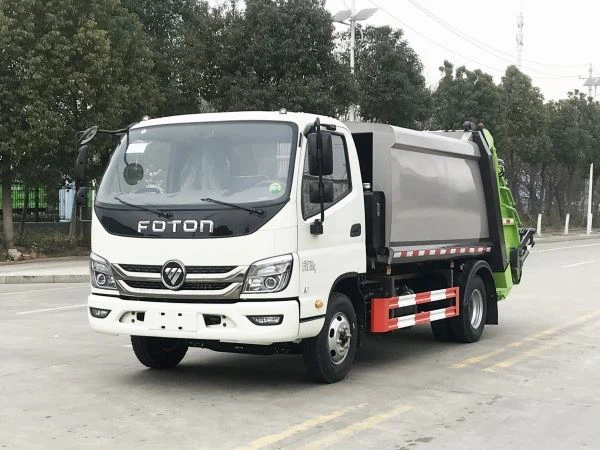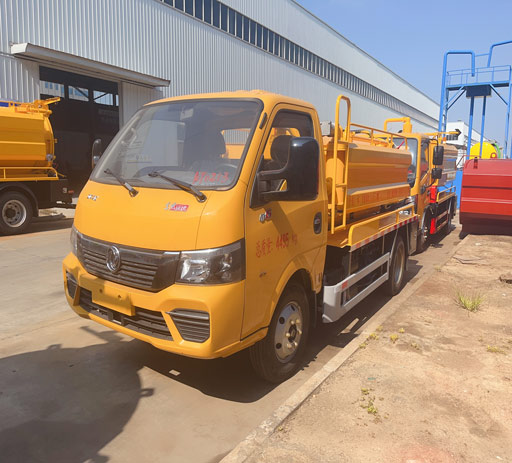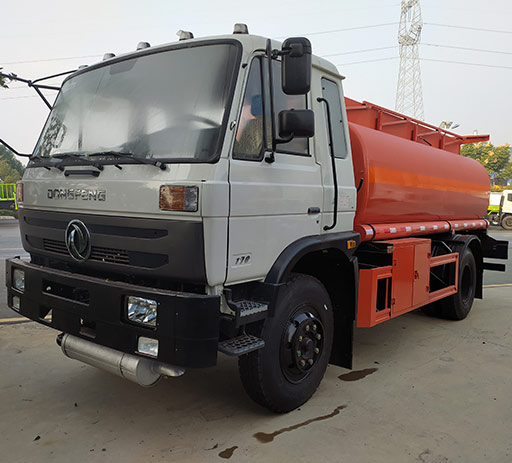Water Tender for Sale: A Comprehensive Guide to Choosing the Right Water Tender

Water tenders are essential vehicles for fire departments and organizations involved in firefighting and emergency services. Investing in a quality water tender is crucial for efficient water supply in firefighting scenarios. This article will explore various aspects of water tenders for sale, including types, features, benefits, and buying tips to ensure you make an informed decision.
What Is a Water Tender?
A water tender is a specialized vehicle designed to transport water to locations where conventional fire trucks may not be able to access. It is equipped with a large water tank and often has the capability to pump water from its tank or from external sources. Water tenders are vital in rural areas where water supply points are sparse and when large volumes of water are needed urgently.
Types of Water Tenders
When considering a water tender for sale, it’s important to understand the different types available:
- Type 1 Water Tenders: Typically have a tank capacity of 1,000 gallons or more and are equipped for rural firefighting.
- Type 2 Water Tenders: Generally hold 500-1,000 gallons and are suitable for urban or suburban settings.
- Type 3 Water Tenders: Smaller, often fitted on pickup trucks with a tank capacity of less than 500 gallons, ideal for quick response in tight locations.
Key Features to Consider
When looking for water tenders for sale, focus on these key features:
1. Tank Capacity
The capacity of the tank is crucial. Depending on the area you serve, you may need a larger tank for extended firefighting efforts.
2. Pump Type
Different types of pumps (e.g., centrifugal, positive displacement) offer varying flow rates and pressure. Choose one that fits your operational needs.
3. Chassis and Build
The chassis should be durable enough to withstand rough terrain. Ensure it’s built to handle the tank’s weight and any additional equipment.
4. Water Source Compatibility
Some water tenders are designed to refill from sources like ponds, while others may connect to hydrants. Confirm compatibility with your water sources.
5. Accessories and Options
Look for tenders that come with tools and accessories such as hoses, nozzles, and fittings to maximize their utility.
Advantages of Investing in a Water Tender
There are several advantages to purchasing a water tender for your firefighting operations:
1. Enhanced Firefighting Capability
A water tender can significantly enhance your ability to supply water quickly and efficiently during fires, especially in remote areas.
2. Cost-Effective Water Transport
Using a water tender can reduce costs associated with relying on external water sources or firefighting aircraft.
3. Versatility
Water tenders are versatile and can be used for various emergency situations, including wildfires, flooding, and even as a mobile water supply for local events.
Where to Find Water Tenders for Sale
Finding the right water tender can be a straightforward process if you know where to look:
1. Online Marketplaces
Websites like eBay, Craigslist, and specialized marketplaces can have a variety of options available.
2. Fire Equipment Dealers
Local and national fire equipment dealers often have new and used water tenders for sale. They can provide expert advice based on your needs.
3. Auctions
Fire department auctions can be a goldmine for finding used water tenders at competitive prices.
4. Classified Ads

Keep an eye on local classified ads in newspapers and online platforms to catch potential deals.
What to Look for When Buying a Used Water Tender
Buying a used water tender can be cost-effective, but it requires careful inspection. Here are some tips:
1. Inspect the Tank for Corrosion
Check for signs of corrosion or damage, which can compromise the tank’s integrity.
2. Test the Pump
Make sure the pump operates efficiently and can deliver sufficient pressure and flow rates as advertised.

3. Check Maintenance Records
Request maintenance records to ensure the vehicle has been well-kept and serviced regularly.
4. Evaluate the Chassis Condition
Inspect the chassis for signs of wear or damage, especially in areas where fatigue might occur due to rough use.
Financing Your Water Tender Purchase
Financing is an important aspect to consider, especially for those on a budget:
1. Loans and Grants
Look for government grants or low-interest loans designed for firefighting equipment purchases.
2. Lease Options

Leasing might be a viable way to acquire a water tender without the full upfront cost.
3. Trade-Ins
If you have old firefighting equipment, consider trade-in options to offset the cost of your new water tender.
Maintaining Your Water Tender
Regular maintenance is essential to keep your water tender in top shape:
1. Regular Inspections
Conduct regular inspections of the tank, pump, and chassis to catch potential issues early.
2. Fluid Checks
Regularly check and change engine oils and coolant levels to ensure smooth operation.
3. Cleaning
Keep your water tender clean, both inside and out, to prevent rust and other damage.
FAQs About Water Tenders
1. What is the average cost of a new water tender?
The average cost of a new water tender can range from $50,000 to $200,000 or more, depending on size and features.
2. How often should I maintain my water tender?
Regular maintenance should be performed quarterly, with detailed inspections annually.
3. Can I convert a regular vehicle into a water tender?
Yes, but it requires significant modification to accommodate a water tank and pumping system properly.
4. Are water tenders suitable for all types of firefighting operations?
Water tenders are excellent for rural firefighting, but may not be necessary in areas with ample hydrant access.
5. What size water tender do I need?
The size largely depends on the area served and the typical types of incidents. Smaller units are ideal for urban use, while larger tanks are better for rural operations.
| Type of Water Tender | Tank Capacity | Best Use Case |
|---|---|---|
| Type 1 | 1,000+ gallons | Rural firefighting |
| Type 2 | 500-1,000 gallons | Urban/Suburban use |
| Type 3 | Less than 500 gallons | Quick response in tight spaces |
